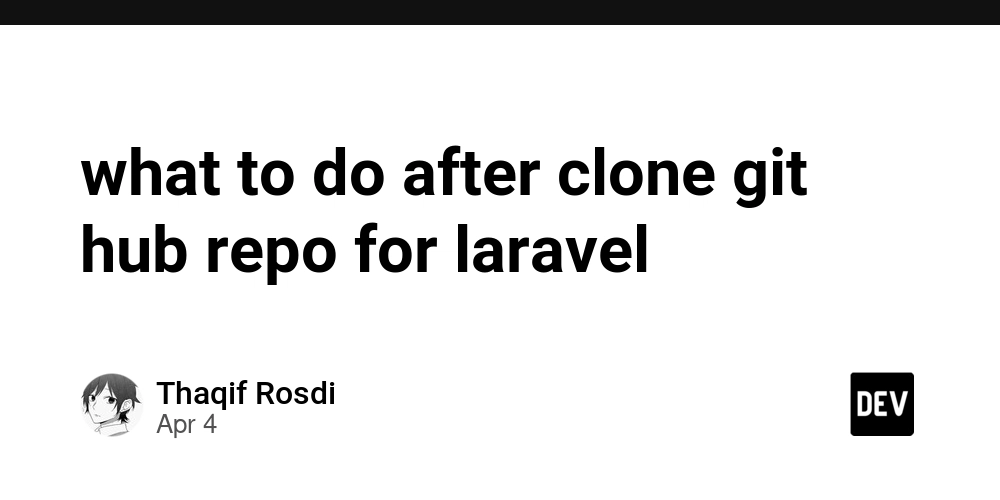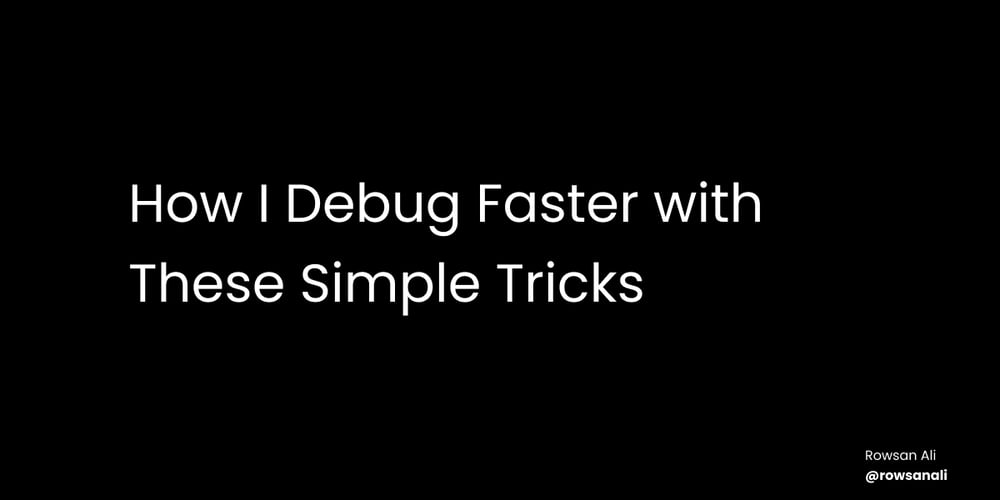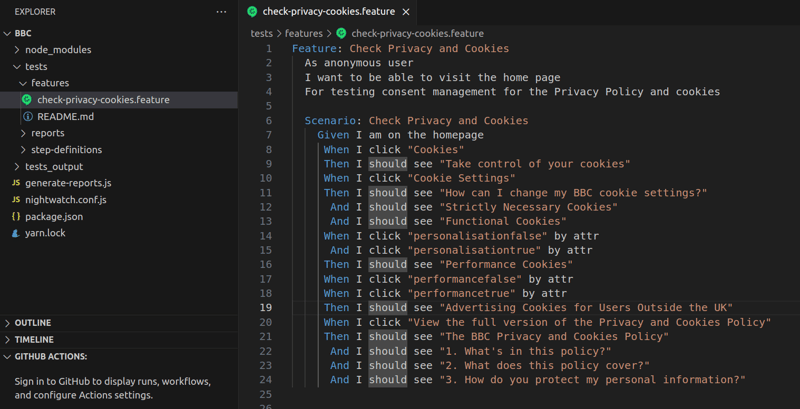what to do after clone git hub repo for laravel
making this one because i keep on forgetting how.. After cloning a Laravel project from GitHub, follow these steps to set it up: 1. Navigate to the Project Directory cd your-project-folder 2. Install Dependencies Run Composer to install PHP dependencies: composer install If your project uses Node.js, install frontend dependencies: npm install 3. Set Up Environment File Copy the example .env file: cp .env.example .env Then, open .env and configure your database settings. 4. Generate Application Key php artisan key:generate 5. Set Up Database Ensure your .env file has the correct database credentials, then run: php artisan migrate --seed (--seed is optional if your project includes seeders.) 6. Set File Permissions (if needed) chmod -R 775 storage bootstrap/cache 7. Serve the Application php artisan serve 8. (Optional) Build Frontend Assets If your project uses Vite: npm run dev The step is easy enough, but sometimes..as a human; we are forgetful.

making this one because i keep on forgetting how..
After cloning a Laravel project from GitHub, follow these steps to set it up:
1. Navigate to the Project Directory
cd your-project-folder
2. Install Dependencies
Run Composer to install PHP dependencies:
composer install
If your project uses Node.js, install frontend dependencies:
npm install
3. Set Up Environment File
Copy the example .env file:
cp .env.example .env
Then, open .env and configure your database settings.
4. Generate Application Key
php artisan key:generate
5. Set Up Database
Ensure your .env file has the correct database credentials, then run:
php artisan migrate --seed
(--seed is optional if your project includes seeders.)
6. Set File Permissions (if needed)
chmod -R 775 storage bootstrap/cache
7. Serve the Application
php artisan serve
8. (Optional) Build Frontend Assets
If your project uses Vite:
npm run dev
The step is easy enough, but sometimes..as a human; we are forgetful.












































































































































































![[The AI Show Episode 142]: ChatGPT’s New Image Generator, Studio Ghibli Craze and Backlash, Gemini 2.5, OpenAI Academy, 4o Updates, Vibe Marketing & xAI Acquires X](https://www.marketingaiinstitute.com/hubfs/ep%20142%20cover.png)



























































































































![[DEALS] The Premium Learn to Code Certification Bundle (97% off) & Other Deals Up To 98% Off – Offers End Soon!](https://www.javacodegeeks.com/wp-content/uploads/2012/12/jcg-logo.jpg)


![From drop-out to software architect with Jason Lengstorf [Podcast #167]](https://cdn.hashnode.com/res/hashnode/image/upload/v1743796461357/f3d19cd7-e6f5-4d7c-8bfc-eb974bc8da68.png?#)









































































































.png?#)

































_Christophe_Coat_Alamy.jpg?#)
 (1).webp?#)




































































































![iPhone 17 Pro Won't Feature Two-Toned Back [Gurman]](https://www.iclarified.com/images/news/96944/96944/96944-640.jpg)
![Tariffs Threaten Apple's $999 iPhone Price Point in the U.S. [Gurman]](https://www.iclarified.com/images/news/96943/96943/96943-640.jpg)





































































































































